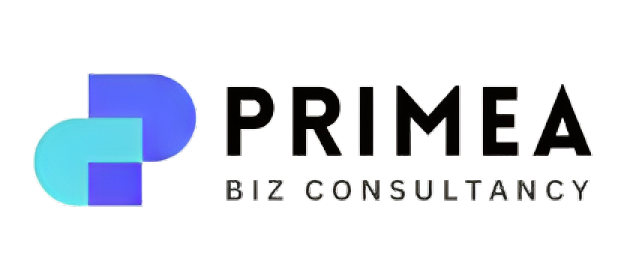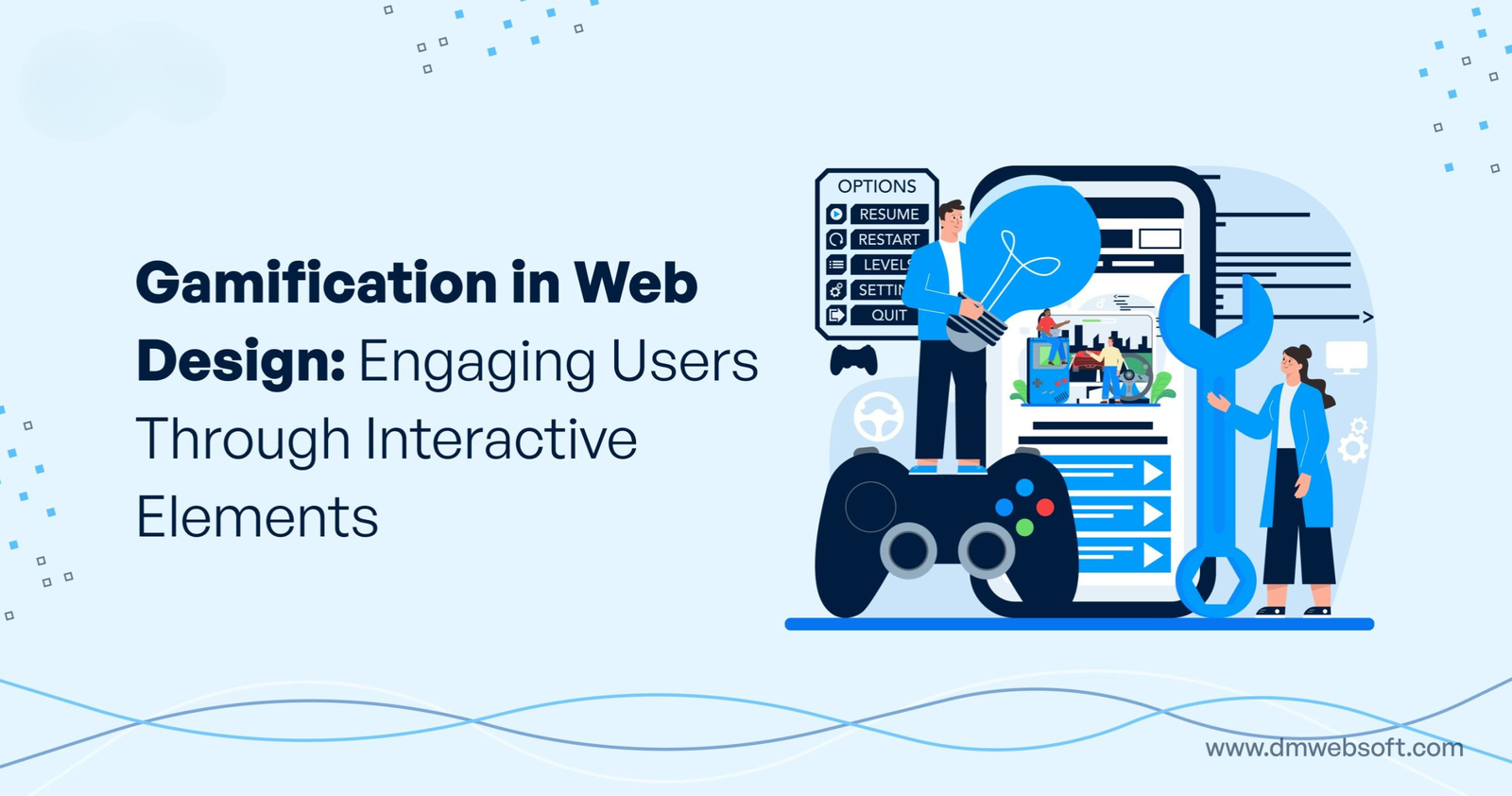Gamification in Web Design for 2025: Engaging Users to Boost Conversions
Introduction
The web isn’t just a digital marketplace anymore; it’s a battlefield for attention. In 2025, users scroll faster, expect smarter design, and reward only those brands that feel interactive. That’s where gamification in web design steps in — transforming static pages into lively experiences. It’s not about adding childish games; it’s about designing moments of engagement that make people stay, act, and convert.
Gamification web design 2025 is the fusion of psychology and technology — where the reward loop of gaming meets the strategy of conversion optimization. From progress bars that trigger dopamine rushes to reward systems that spark loyalty, this approach has quietly reshaped how users interact online.
What Is Gamification in Web Design?
Gamification is the art of applying game mechanics—like challenges, achievements, and rewards—to non-gaming platforms. In web design, this means turning user interaction into a story of progress and motivation.
Imagine filling out a form where a progress bar celebrates your completion. Or earning reward points for exploring new features on a site. These are subtle design cues that make users feel engaged, not manipulated.
Core game elements used in web design:
- Points & Levels: Rewarding user activities such as sign-ups, purchases, or referrals.
- Badges & Achievements: Visual recognition that satisfies human pride and progress.
- Leaderboards: Friendly competition between users, driving repeat interaction.
- Progress Indicators: Encouraging completion through visual motivation.
- Quizzes & Challenges: Turning learning or browsing into fun discovery.
When combined with great UX, these small mechanics make websites feel alive.
The Psychology Behind Gamification
At its core, gamification works because it taps into basic human instincts: achievement, competition, and curiosity. The dopamine-driven feedback loop is what makes gaming addictive — and when used ethically, it makes web interaction irresistible.
Here’s how it influences users:
- Motivation through Reward: Users love earning something tangible or emotional.
- Progress Satisfaction: People hate leaving things incomplete.
- Social Validation: Seeing others’ progress motivates users to participate.
- Surprise & Delight: Unexpected bonuses build brand positivity.
This psychological connection turns one-time visitors into repeat customers.
Why Gamification Matters in 2025
As digital saturation hits its peak, attention has become the most valuable currency. Users expect entertainment, not just information. Gamification web design 2025 aligns with this shift perfectly.
Key benefits:
- Enhanced Engagement: Keeps users scrolling longer and exploring deeper.
- Boosted Conversions: Reward loops guide users toward completing actions.
- Improved Retention: Returning users feel motivated to continue their journey.
- Brand Loyalty: A unique, interactive experience fosters emotional connection.
- Data Insights: Gamified actions help brands understand user behavior better.
In short, gamification isn’t just a UX choice—it’s a business strategy.
Emerging Gamification Trends in 2025
As design evolves with AI, AR, and adaptive personalization, gamification now looks more dynamic than ever. Here’s what’s shaping the future:
1. AI-Powered Personalization
AI can now tailor rewards and challenges based on user behavior. A first-time visitor might get an onboarding quest, while a loyal customer gets tiered badges or exclusive rewards.
2. Micro-Interactions That Feel Alive
Tiny animations—like confetti after a form submission—trigger joy and completion satisfaction. These micro-celebrations are subtle but powerful.
3. Augmented Reality (AR) Integration
Brands are using AR games to merge digital fun with real-world interaction. Think virtual try-ons, treasure hunts, or scanning challenges that reward engagement.
4. Social Gamification
Websites now link achievements with social sharing. “Earned 500 loyalty points today? Share it!” This builds both brand reach and community.
5. Sustainability & Purpose-Driven Rewards
In 2025, users care about ethics. Brands now give gamified rewards for eco-friendly actions like recycling or using digital receipts.
6. Story-Based Progression
Instead of generic badges, websites use narrative-based design — where users “unlock chapters” or “complete missions” tied to brand goals.
Gamification for Better Conversions
Every designer dreams of one thing: conversion. Gamification delivers that by making every user action feel rewarding.
Here’s how it drives conversions:
- Progress Bars: Encourage users to finish forms or checkouts.
- Spin-to-Win Offers: Turn email sign-ups into exciting rewards.
- Points for Interaction: Give incentives for exploring or purchasing.
- Milestone Discounts: Reward users for consistent engagement.
- Interactive Product Discovery: Use quizzes to guide users to ideal products.
These small nudges convert curiosity into commitment.
Real-World Examples of Gamification
1. Duolingo
This language-learning app turns daily learning into a game with streaks, leaderboards, and XP points. It’s addictive in the best way — and the same design principles are now influencing web experiences.
2. Nike Run Club
Nike’s app uses badges, levels, and social challenges to push people to move. It’s a prime example of how gamification builds loyalty and habit.
3. Starbucks Rewards
Starbucks gives stars and levels for purchases, unlocking free drinks and perks. The visual progress and milestones keep users coming back for more caffeine and status.
4. LinkedIn Profile Completion
That “profile completeness” meter isn’t just decoration. It’s a psychological motivator that makes users fill in every detail — because no one likes leaving a bar half-empty.
How to Implement Gamification in Your Web Design
If you’re running a business or agency like Primea Biz, here’s how you can implement gamification effectively:
1. Start with Clear Goals
Know what you want users to do — sign up, purchase, share, or stay longer. Design your gamified system around that goal.
2. Keep It Subtle and Rewarding
Gamification should feel natural. Avoid making users feel forced or tricked.
3. Use Progress Feedback
Let users see how far they’ve come. Even a 20% completed bar is enough motivation to finish.
4. Personalize Rewards
Dynamic rewards feel more meaningful than generic discounts. Use user data to customize experiences.
5. Measure Everything
Track engagement rates, session duration, and conversions. Refine your gamified features using real data.
Challenges and Pitfalls to Avoid
Like every shiny new toy, gamification can backfire if done poorly.
Avoid these mistakes:
- Overcomplicating design with too many game mechanics.
- Offering meaningless rewards.
- Ignoring accessibility and UX simplicity.
- Treating gamification as a gimmick instead of a strategy.
When executed with empathy and design sense, gamification feels like storytelling — not manipulation.
The Future of Gamified Web Design
In the next few years, gamification web design 2025 will merge even deeper with AI, AR, and predictive analytics. Websites will adapt in real time to user mood, intent, and behavior — turning browsing into an adventure.
Imagine a shopping site that adjusts difficulty or rewards based on how often you visit. Or a learning platform that adapts challenges to your pace. That’s the next frontier of engagement — design that feels alive, aware, and responsive.
Conclusion
Gamification is no longer a playful side feature; it’s a strategic pillar of modern web design. In 2025, the most successful brands aren’t just selling — they’re engaging.
By combining psychology, storytelling, and interactivity, gamification transforms the way users connect with brands. For companies like Primea Biz, it’s the golden key to creating experiences that not only attract visitors but convert them into loyal advocates.
So, if your website still feels static, it’s time to make it playful. The future of conversion lies in fun — and in 2025, engagement is the new currency.



